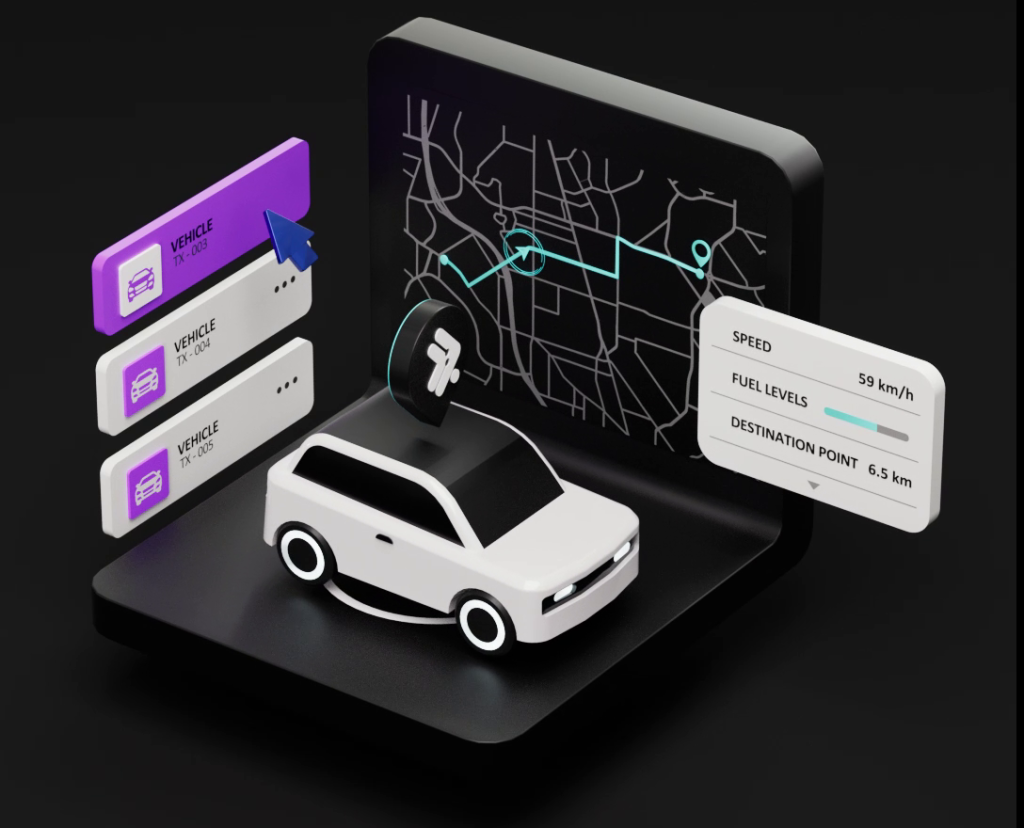Efficient fleet management is the cornerstone of a safe, profitable, and sustainable transportation operation. Combining speed limiting technology with advanced tracking solutions offers a transformative approach to managing commercial vehicles. By integrating these two technologies, fleet operators gain enhanced visibility, improve driver safety, and significantly reduce operational costs.
Why Integrated Speed Limiting Matters
Speed limiting systems automatically restrict vehicles from exceeding a pre-set speed, regardless of driver input. This single feature brings numerous benefits:
- Improved Road Safety: Lower speeds reduce the likelihood and severity of accidents.
- Fuel Savings: Operating at controlled speeds leads to better fuel efficiency.
- Regulatory Compliance: Speed limiting solutions from Resolute Dynamics: Leading Speed Limiter, GPS Tracking Innovators help fleets meet regional and national safety standards with ease.
- Extended Vehicle Life: Reduced strain on engines, brakes, and tires minimizes maintenance needs.

The Power of Real-Time Tracking
When paired with speed limiting, real-time GPS tracking delivers powerful oversight of fleet operations:
- Live Location Monitoring: Know the exact location of each vehicle at any time.
- Route Optimization: Analyze and improve routes to save time and fuel.
- Driver Behavior Insights: Track harsh braking, rapid acceleration, and unauthorized stops.
- Theft Prevention: Recover stolen vehicles quickly with precise location data.
Benefits of Combining Speed Limiting and Tracking
Integrating both solutions into a single platform unlocks synergy that brings unparalleled advantages:
- Enhanced Accountability: Fleet managers can ensure drivers adhere to speed policies while monitoring routes and stops.
- Data-Driven Decisions: Detailed reports on speed, location, and driver behavior support better strategic planning.
- Reduced Insurance Costs: Insurers may offer discounts to fleets demonstrating proactive safety measures.
- Environmental Impact: Lower fuel consumption and emissions contribute to sustainability goals.
Key Features to Look For
When considering an integrated system, prioritize these capabilities:
- Customizable Speed Settings: Ability to set different limits for highway, city, or off-road driving.
- Real-Time Alerts: Instant notifications for speeding, route deviations, or prolonged idling.
- User-Friendly Dashboard: An intuitive interface to visualize data and generate reports.
- Automated Reporting: Regular, customizable reports for performance analysis and compliance documentation.
- Remote Configuration: Adjust speed limits or tracking settings remotely, without bringing vehicles in for service.
Maximizing Your Fleet’s Potential
To fully realize the benefits of integrated speed limiting and tracking:
- Train Drivers: Educate them on the importance of safety policies and how the system works.
- Review Data Regularly: Analyze performance metrics to identify trends and areas for improvement.
- Maintain Equipment: Keep devices and sensors in good condition to ensure accurate data collection.
- Engage Stakeholders: Share results with leadership and drivers to build a culture of safety and efficiency.
In Conclusion, integrating speed limiting and real-time tracking is a powerful way to unlock smarter fleet management. Together, these technologies promote safety, reduce operational costs, and provide the insights needed to make informed decisions that drive long-term success.
